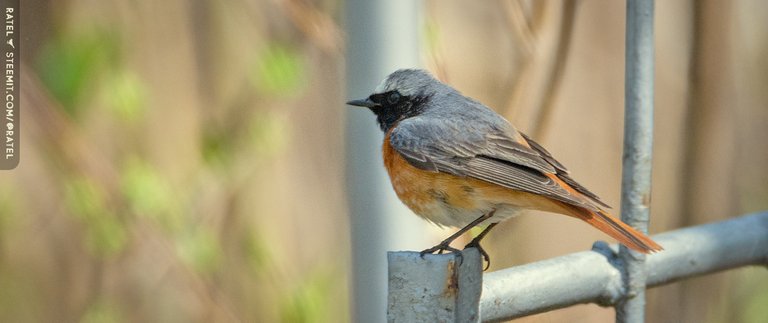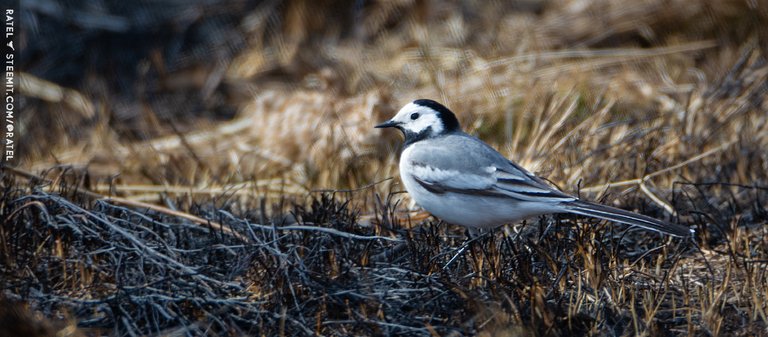
🦉 The common redstart (Phoenicurus phoenicurus)
📚 Phoenicurus Greek: phoinix dark red, oura tail
We call this bird "burningtail". This is due to the fact that when a bird is alarmed, she shakes her fiery red tail, and it looks like a dancing flame. She arrives in the middle of spring, as she feeds on insects, and by autumn adds berries to her diet.
She has a beautiful voice, beautiful songs that can be heard in the spring during the mating season. And in the summer, she desperately defends her territory.

🦉 The European pied flycatcher (Ficedula hypoleuca)
📚 Ficedula ficedulinus (medieval lat.): “A small bird that feeds on figs and turns into a black-headed warbler in winter” (from: Jobling, 2010)
hypoleuca Greek: hypo lower, slightly, leukos white, hypoleukos whitish
This bird is also exclusively insectivorous, so it arrives late. A fun fact is that males can have several color gradations, from very dark brown to light brown.

🦉 The white wagtail (Motacilla alba)
📚 Motacilla lat .: mōto, mōtare move continuously, -cilla tail (cilla like a tail -
only in ornithology, erroneous established name)
alba (lat.) white
In the middle of spring, forest fires often occur in our forests, and not always because of people. In my beloved forest, this also happens every year, of course, not terrible big fires, but just the little fire grass. And then, on such a scorched earth, wagtails love to roam and eat "fried" insects.

